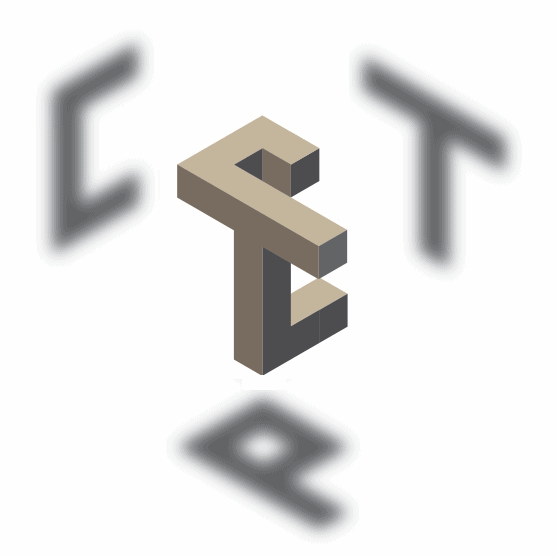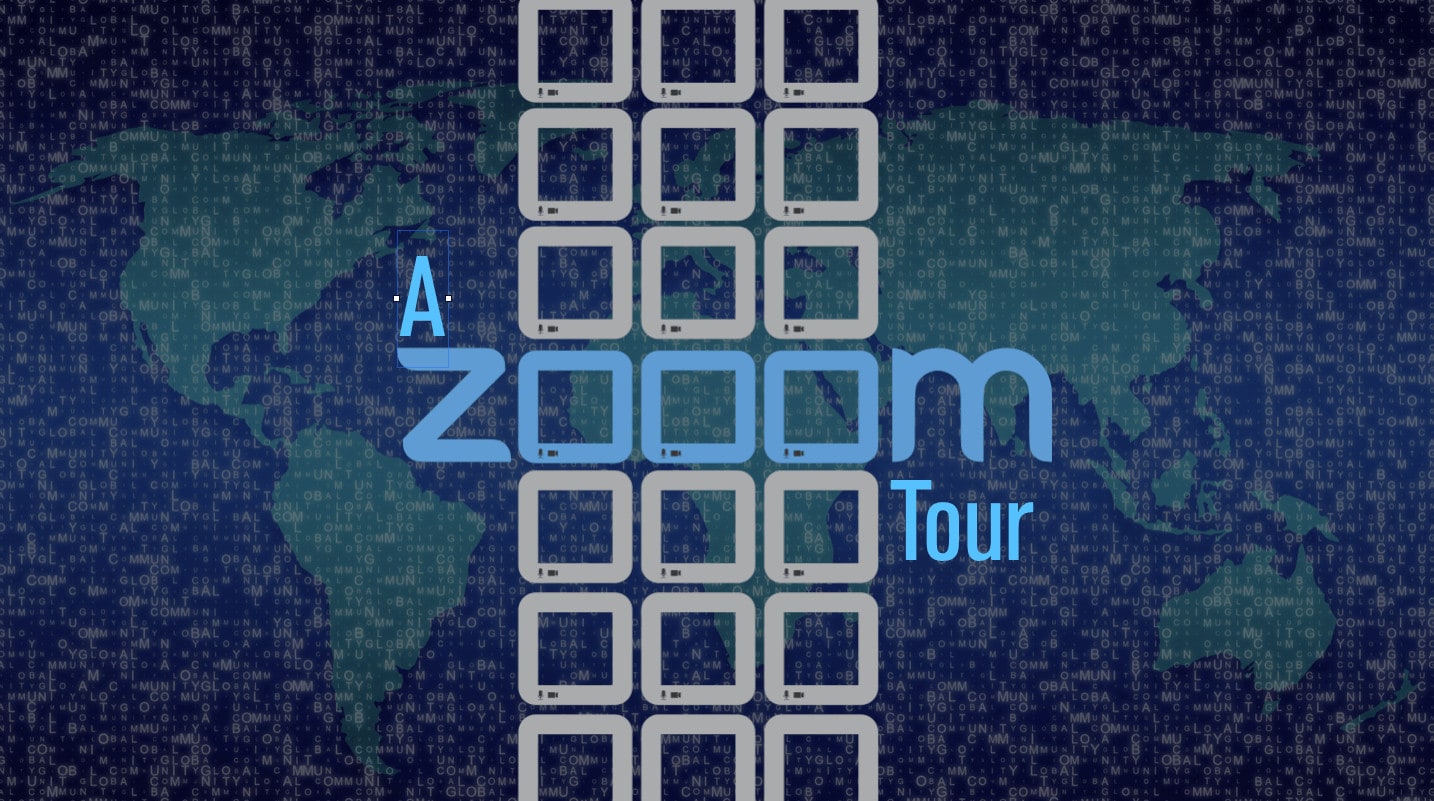My friend Gaurav Bhatnagar (I had blogged about his new book, Get Smart: Math Concepts here), for some reason, known only to him, has decided to create a poetry-blog based around my ambigrams. Each posting consists of one ambigram (taken from my large collection of ambigrams on Flickr), followed by a short poem inspired by it. Suffice to say, I am quite flattered by all this attention and am highlighting his work on my website (in fact it gets its own sidebar entry on the right). One might argue whether or not these writings can truly be called poems (all I can say is that Gaurav takes full advantage of poetic license), but that is not the point. What is important is the manner in which he often, in true Hofstadterian fashion, understands what inspired me to create these designs in the first place. Thus these poems serve as another layer of interpretation of these designed objects.
As I said before, I am flattered.
Consider for instance two of his poems. The first is around an ambigram of my own name: Punya

Followed by this poem by Gaurav
A Pun-
A bad one,
or a good 1,
is just a Pun.
You’ll never know,
whether
I say what I mean,
or I mean what I say.
A good pun, ya?
The second is around a schitzophrenic ambigram, which could be read as Teach or as Learn!

to which Gaurav adds the following piece of inspired doggerel.
Some say that
one teaches best,
what one needs to learn
the most.Teach-Learn
Two sides
of the same coin?
Or are they,
one and the same?
Read the rest by going here, or by following the links on the right!





Thanks Punya
It´s fascinating what Gaurav Bhatnagar did by creating a poetry-blog where his latest works are based around Punya Mishra´s ambigrams.
Through the ages,
teach and learn
symbi-otic
now we learn (or are we being taught ?)
they could be
ambiotic
sleight of hand
or a moment of “Blink”?
I guess we can – read what we want to
even fool our I’s to reach some elegant con-clusion
A shame that such dishes aren’t on the standard menu of “food for thought” served in school. They are as attractive as appetizers, satisfying enough to serve as the main entree, and their flavor is sufficiently complex to stimulate a patron’s appetite for more.
Flattering now to deceive later.